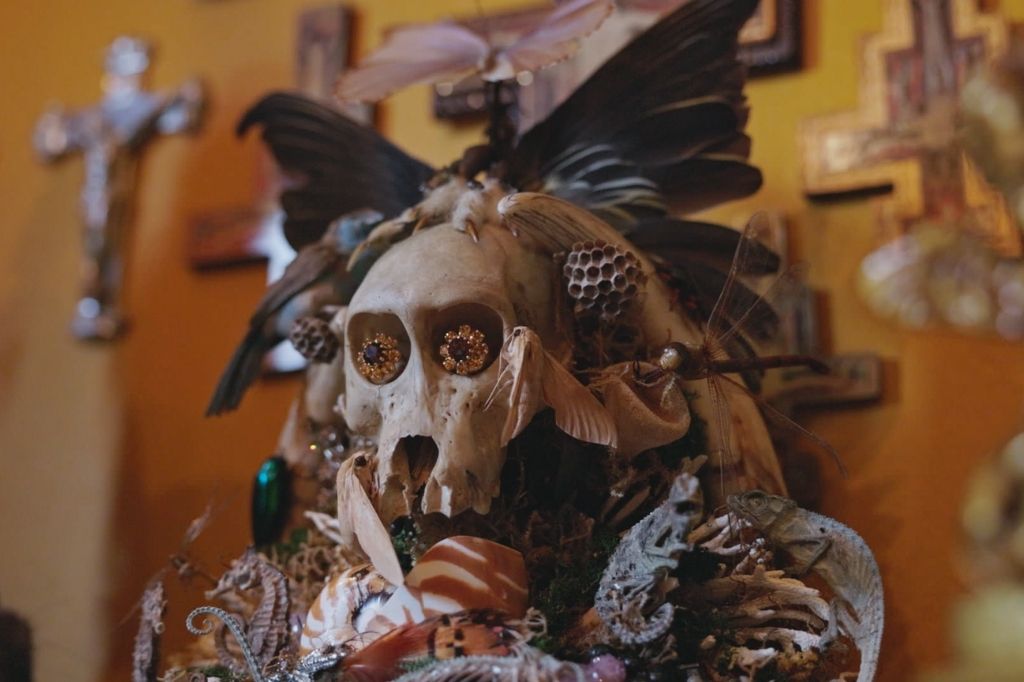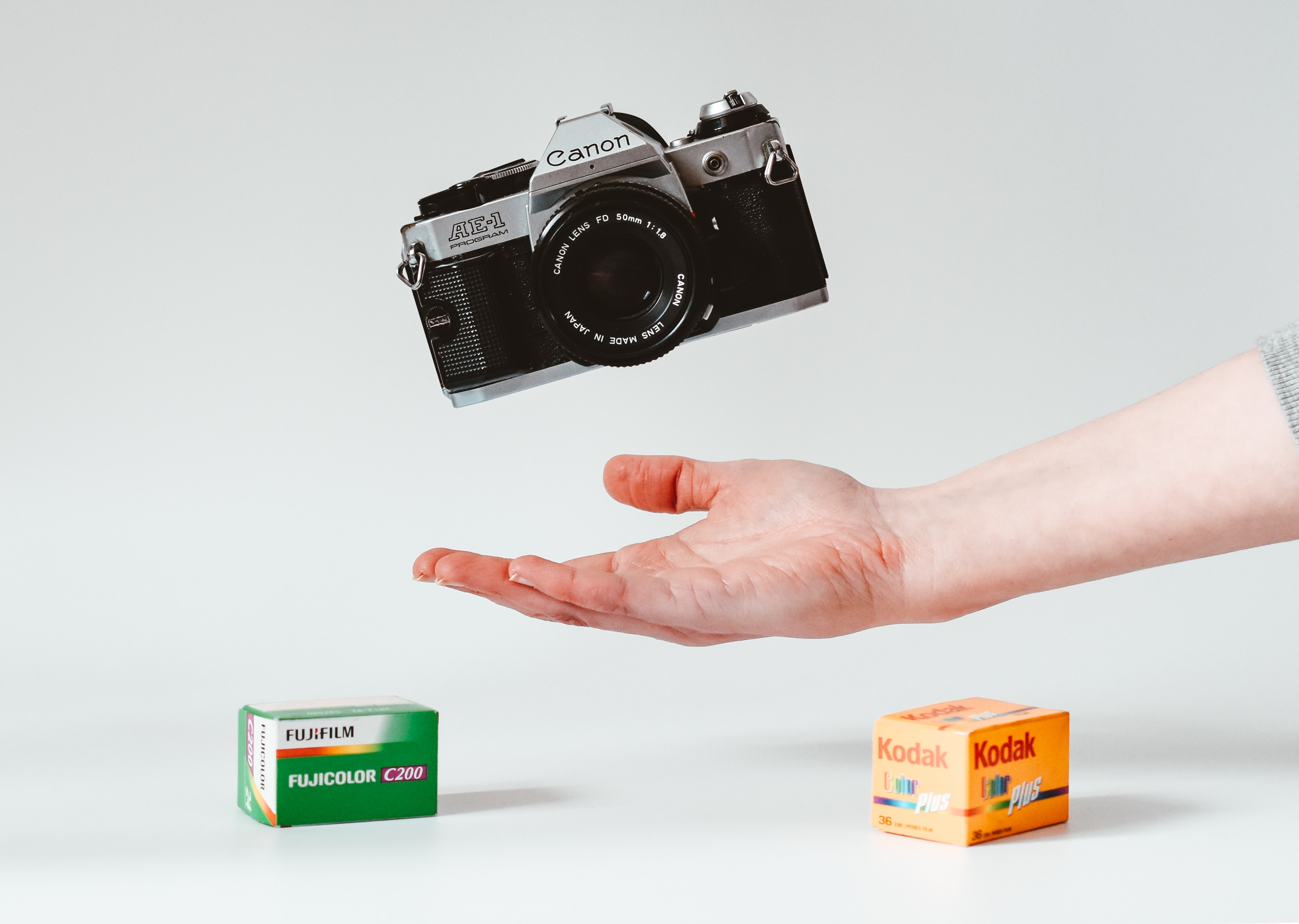In the video above Henri Cartier-Bresson talks about having intuition as a photographer, shooting on instinct rather than thinking too much and his personal approach…
Henri Cartier-Bresson ranks among the most accomplished and original figures in the history of photography. His inventive work of the early 1930s helped define the creative potential of modern photography, and his uncanny ability to capture life on the run made his work synonymous with “the decisive moment”—the title of his first major book. In the video above you hear Henri talk about having intuition as a photographer, shooting on instinct rather than thinking too much and his personal approach.
About his book, “The Decisive Moment”
In 1952, Cartier-Bresson published his book Images à la sauvette, whose English-language edition was titled The Decisive Moment. It included a portfolio of 126 of his photos from the East and the West. The book’s cover was drawn by Henri Matisse. For his 4,500-word philosophical preface, Cartier-Bresson took his keynote text from the 17th century Cardinal de Retz, “Il n’y a rien dans ce monde qui n’ait un moment decisif” (“There is nothing in this world that does not have a decisive moment”). Cartier-Bresson applied this to his photographic style. He said: “Photographier: c’est dans un même instant et en une fraction de seconde reconnaître un fait et l’organisation rigoureuse de formes perçues visuellement qui expriment et signifient ce fait” (“To me, photography is the simultaneous recognition, in a fraction of a second, of the significance of an event as well as of a precise organization of forms which give that event its proper expression.”).
Both titles came from Tériade, the Greek-born French publisher who Cartier-Bresson admired. He gave the book its French title, Images à la Sauvette, loosely translated as “images on the run” or “stolen images.” Dick Simon of Simon & Schuster came up with the English title The Decisive Moment. Margot Shore, Magnum’s Paris bureau chief, translated Cartier-Bresson’s French preface into English.
“Photography is not like painting,” Cartier-Bresson told the Washington Post in 1957. “There is a creative fraction of a second when you are taking a picture. Your eye must see a composition or an expression that life itself offers you, and you must know with intuition when to click the camera. That is the moment the photographer is creative,” he said. “Oop! The Moment! Once you miss it, it is gone forever.”
[Produced in 1973 by the International Centre of Photography]







One comment
Henri Cartier-Bresson: The Decisive Moment